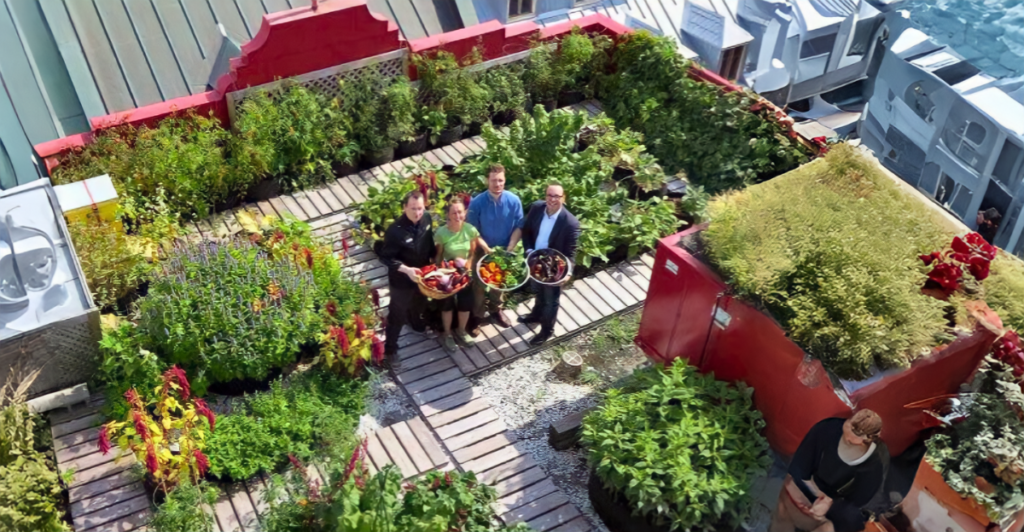
According to a new study by the University of Michigan, urban agriculture may have unique environmental impacts. This research suggests that urban produce grown in farms and gardens has six times the average carbon footprint of produce grown by traditional farming methods. Such findings have important implications for urban farming practices and their perceived sustainability.
Overview of the Study

The study, which appeared in the journal Nature Cities, examined data from 73 urban agricultural sites across five countries. It is the largest published research comparing the carbon footprints of urban and conventional agriculture. The researchers found that food from urban farms produced an average of 0.42 kilograms of carbon dioxide equivalents per serving, compared with only 0.07 kilograms for conventionally grown produce.
Key Findings
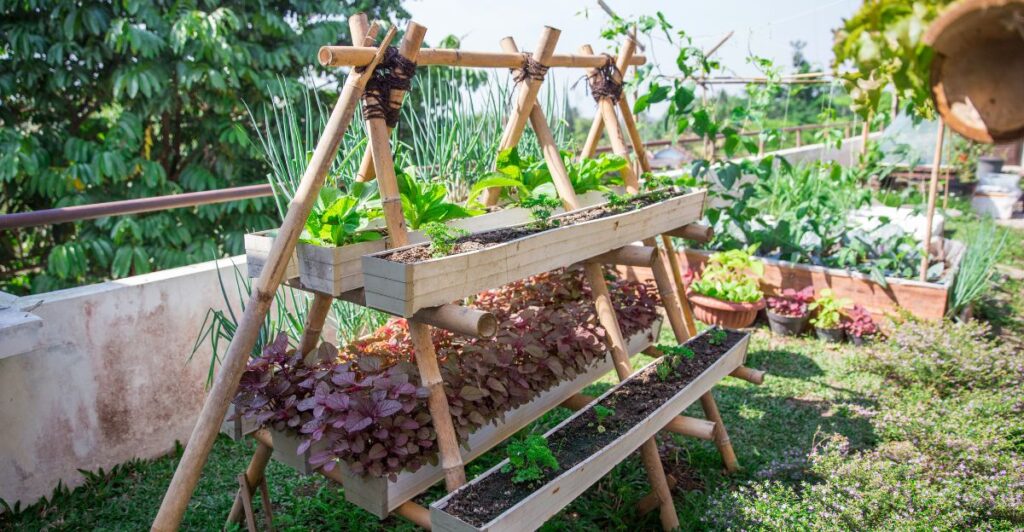
Among the study’s most striking findings is the stark disparity in carbon emissions between urban and conventional farming. Many urban farms also operate in a relatively short timeframe of less than 10 years, meaning their carbon footprint is higher than that of rural farms.
Exceptions to the Rule

Despite the overall findings, some crops raised in urban settings demonstrated potential for curbing carbon footprint. For example, tomatoes grown in open-air city plots had a lower carbon intensity than tomatoes grown in traditional greenhouses. A similar paradox emerged for air-freighted crops, such as asparagus, and urban agriculture, which had relatively little difference in emissions than conventional agriculture.
Advice for Urban Farmers
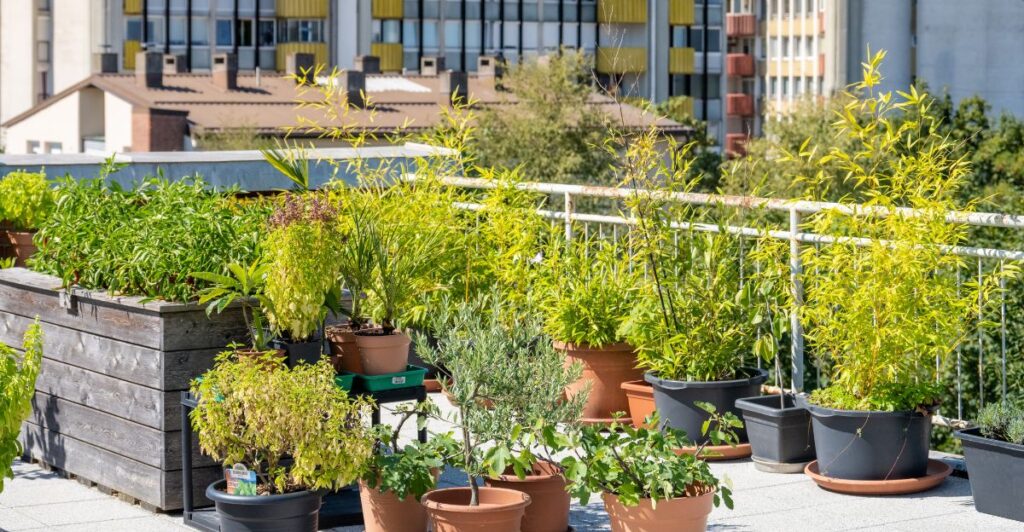
The study’s co-lead author, Jason Hawes, suggests that urban farmers may be able to reduce their impacts on the climate by concentrating on crops normally grown inside of greenhouses or those that are air-freighted. He emphasizes that changes in site design and management practices could also help cut emissions.
Infrastructure Impact
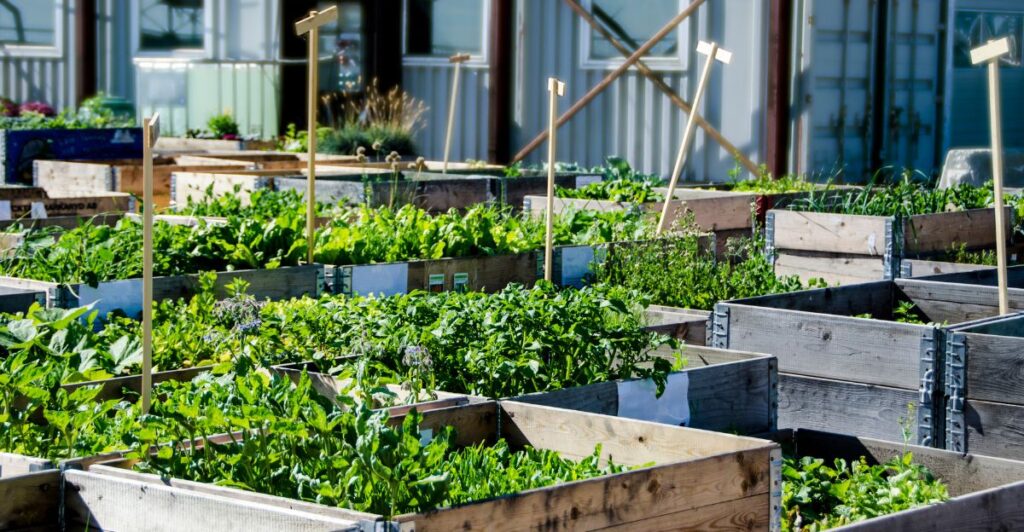
The research indicates that a significant portion of the carbon footprint from urban farms stems from physical infrastructure, such as raised beds and fencing. Many urban agriculture projects have a short operational lifespan, contributing to inefficient resource use and increased greenhouse gas emissions per serving of food produced.
The Social Benefits of Urban Agriculture

While the carbon footprint is a crucial aspect, the researchers also highlighted the social benefits associated with urban farming. Urban agriculture promotes better mental health, better dietary habits, and improved social behavior. When applied holistically, these benefits can sometimes exceed the environmental costs.
The Importance of Planning

The study highlights that careful planning is essential for urban agriculture to yield climate benefits. Urban policymakers and city planners should include sustainable practices in their agricultural plans to maximize efficiency and decrease carbon emissions.
Circular Economy Practices

Urban farms can embrace circular economy approaches to minimize their carbon footprint even more. This involves using second-hand resources and recycling materials from farm construction and operations. Composing is cited as an effective method for creating a more sustainable cycle within urban agriculture.
Future Directions

These findings demand a change in the perception and management of urban agriculture. Cities can embrace urban farming while avoiding its negative environmental impact through a focus on efficiency and sustainability. This will require focusing on certain crops and more efficient resource management.
Thoughtful Planning Needed

While urban farming provides numerous benefits, such as access to fresh produce and community building, its carbon footprint poses a significant challenge to its viability. Case in point: The recent University of Michigan study underscores the importance of thoughtful planning and innovative practices to ensure that urban farming truly benefits cities and the environment.
Moving Towards a More Sustainable Future

As cities grow and urbanites search for sustainable food solutions, understanding the complex environmental realities of urban agriculture will become viral. By addressing and tackling these challenges directly, practitioners can begin moving towards a more sustainable future for urban food systems.
Working Together
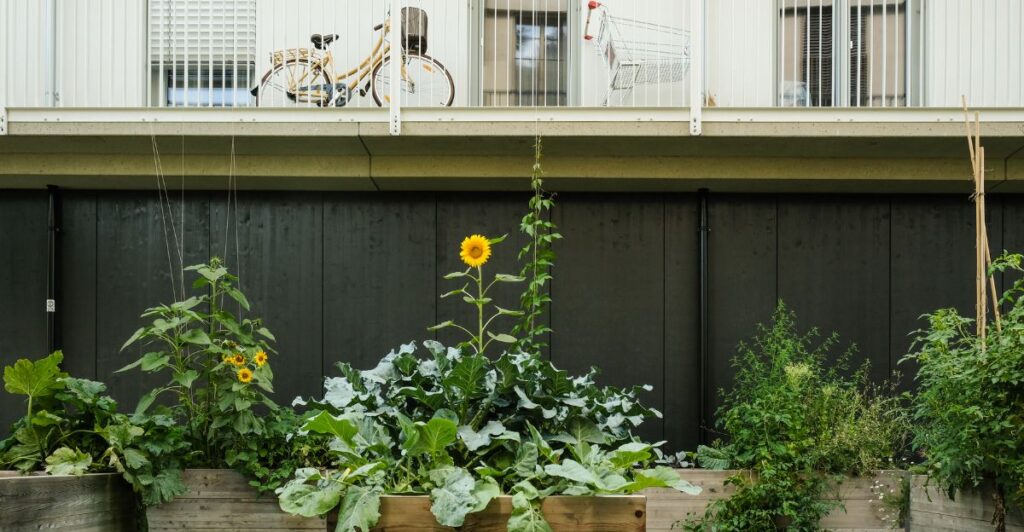
In order to make urban agriculture sustainable, farmers and policymakers need to work together to reduce emissions through better resource use and selecting crops that consume less energy. Small changes like recycling materials and focusing on efficient crops can make a big difference. With collective effort, urban farming can balance out its environmental impact while still helping to sustain communities.
Discover more of our trending stories and follow us to keep them in your feed

California Is Breaking Apart: A Fault Line Is Forming Faster Than Anyone Predicted
Philanthropist Promises To Cover $771.23M Annually After US Exit From Climate Accords
California Is Splitting Apart: A Fault Line Is Forming Faster Than Anyone Predicted
The War on Cows Is Over—And Green Extremists Have Lost
References:
Reference 1
Reference 2
Reference 3
This article first appeared here
Stay connected with us for more stories like this! Follow us to get the latest updates or hit the Follow button at the top of this article, and let us know what you think by leaving your feedback below. We’d love to hear from you!







